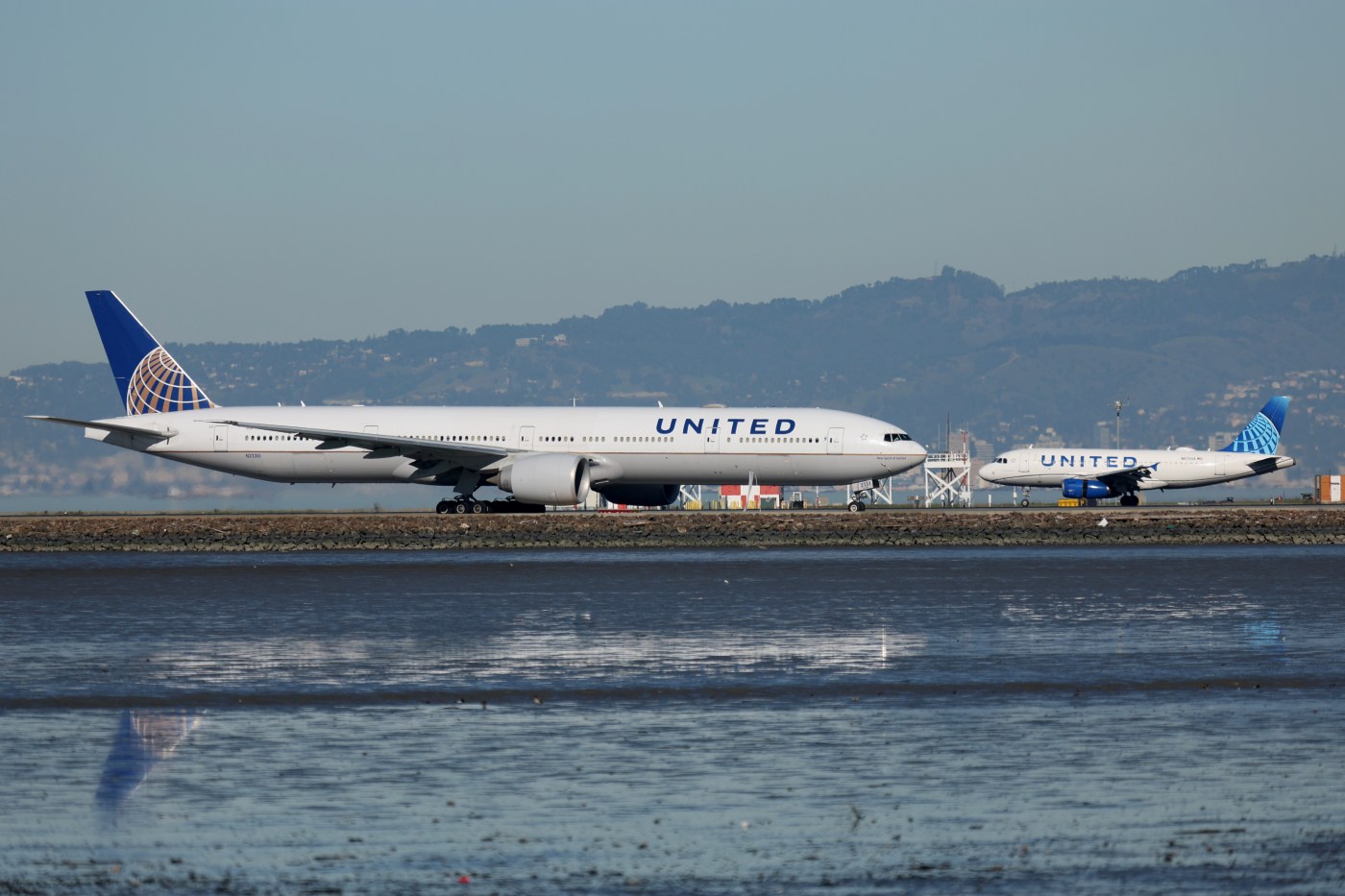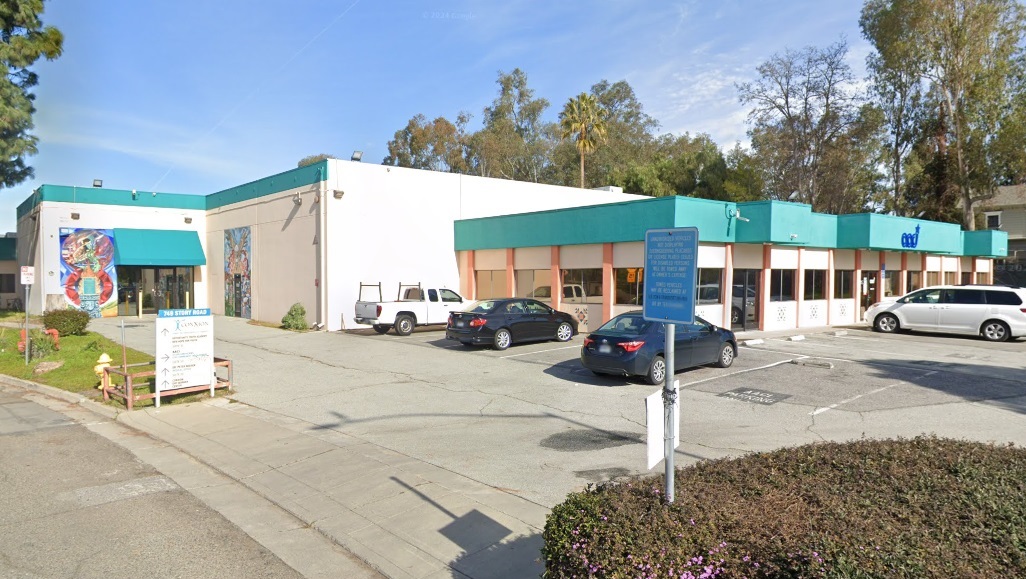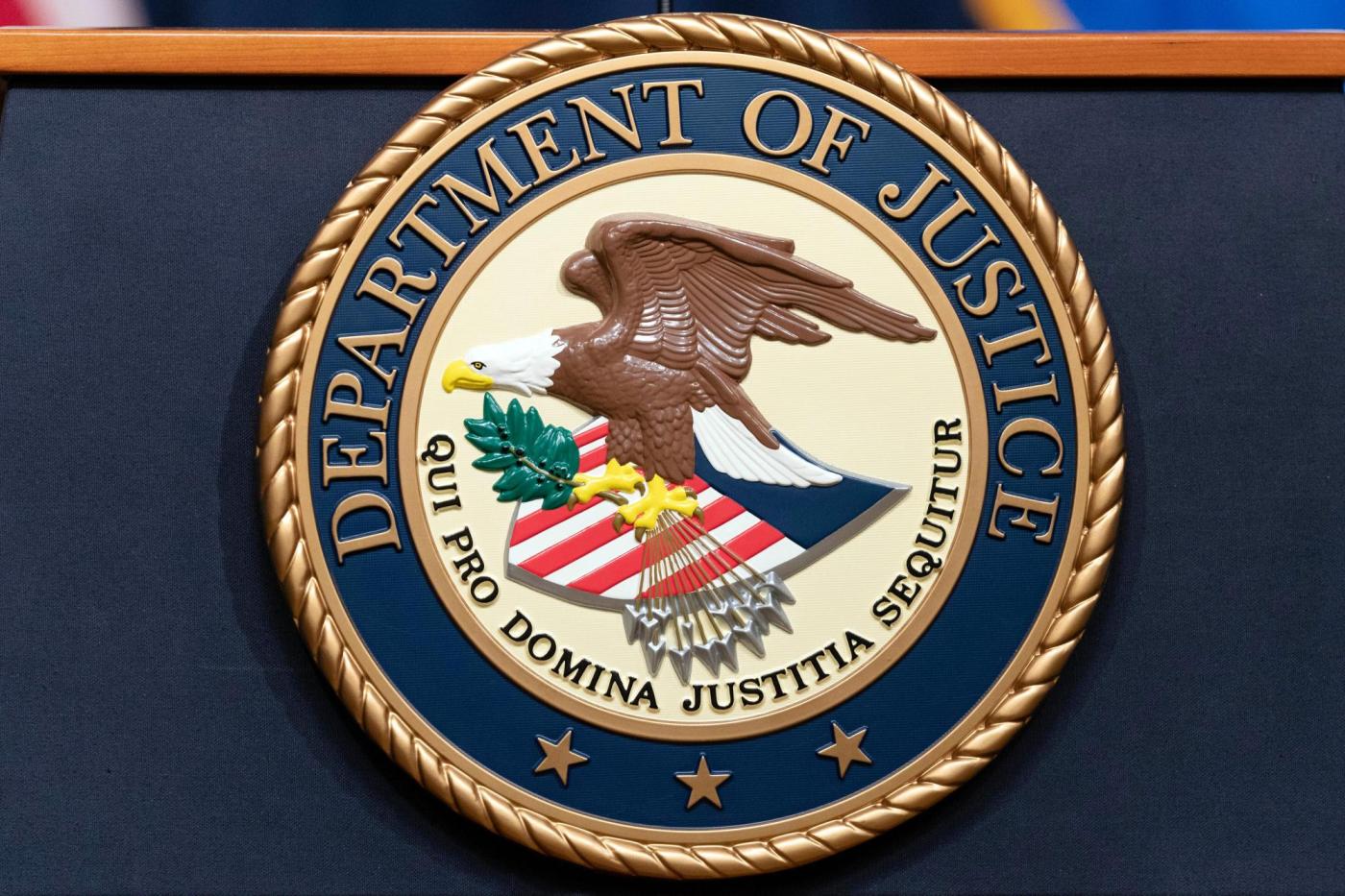A United Airlines flight bound for San Francisco International Airport last September experienced a near-midair collision, resulting in serious injuries to passengers, due to an “abrupt pitch” maneuver, according to a National Transportation Safety Board report released March 27.
The safety board determined the probable cause of the incident was “the abrupt pitch control input by the flight crew in response to a traffic alert and collision avoidance system resolution advisory,” which led to the passenger injuries.
The Boeing 757-224, traveling from Newark, New Jersey, had to abruptly slow its descent on Sept. 19, while flying over Yolo County, to avoid a collision with another aircraft at a lower altitude.
Related Articles
Joby Aviation announces air taxi service partnership with Virgin Atlantic
UK government orders probe into Heathrow shutdown that sparked concern over energy resilience
London’s Heathrow slowly resumes flights after a fire cut power to Europe’s busiest airport
American Airlines Boeing 737 catches fire after landing at Denver airport; 12 people taken to hospital
Turbulence hotspots: Study identifies the world’s roughest air routes
The report said two passengers were “seriously injured” and two cabin crew members sustained minor injuries.
“There were two passengers in the aft lavatories at the time of the maneuver. One passenger flew upwards and landed forward fracturing the L2 spinal vertebrae,” the report said. “The other passenger was exiting the lavatory when he flew upwards and landed on his leg resulting in a fractured ankle.”
Although the seat belt sign was illuminated, some passengers were in the lavatories when the pilot performed the abrupt maneuver.
According to the safety board report, United Airlines Flight 2428 was instructed by air traffic control to descend and maintain flight level 310 for its arrival into San Francisco.
“About 500 feet above that level, the crew received a traffic alert and collision avoidance system warning of an aircraft crossing 1,500 feet below. In response, the first officer, who was piloting the aircraft, reduced the vertical speed,” the report said.
“Immediately, a traffic alert and collision avoidance system resolution advisory sounded for the same traffic. The first officer disengaged the autopilot and autothrottle, and pitched the aircraft upward, following guidance from the primary flight display,” the report added. “Flight data showed the pitch increased by about 3 degrees in one second, stopping the aircraft’s descent. During the two-second maneuver, the vertical acceleration ranged from 2.3 to 0.6 Gs.”
While midair collisions involving commercial passenger jets are rare, a Jan. 30 near-collision in Washington, D.C., underscored concerns about air travel safety.
Federal data, previously reported by this news organization, showed a fluctuating but persistent number of pilot-reported near midair collisions over the past two decades. Department of Transportation figures show a low of eight in 2008 and a high of 90 in 2017. The most recent figures, from 2020, show 24 such incidents.
Concerns about potential disasters in the nation’s congested airspace have intensified as passenger travel rebounds to a 20-year high, surpassing pre-pandemic levels, while airport expansion remains limited and air traffic controller staffing declines.
The Federal Aviation Administration has struggled to replace retiring air traffic controllers. In 2023, the U.S. had approximately 1,000 fewer certified controllers than a decade earlier, representing a nearly 9% decrease.





